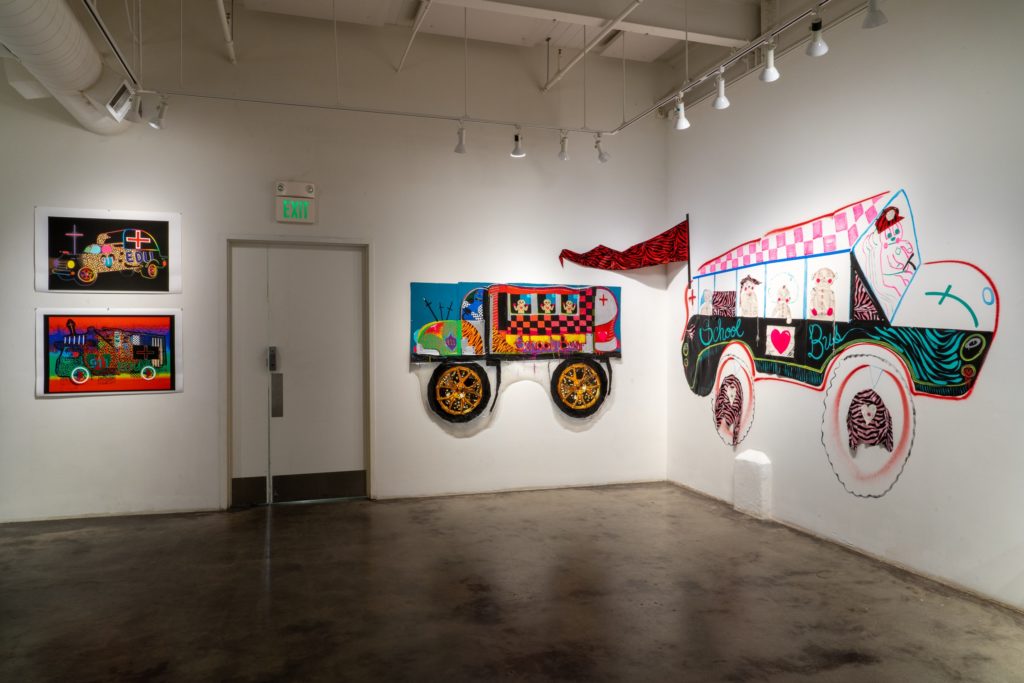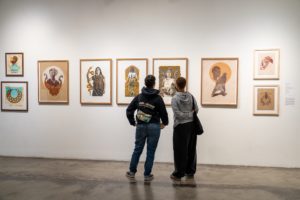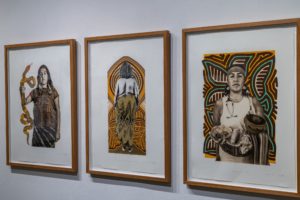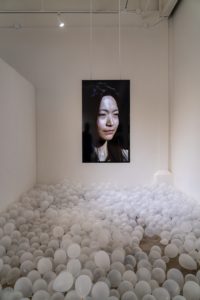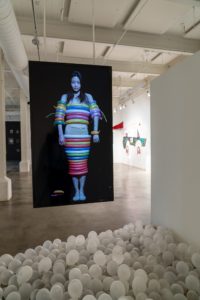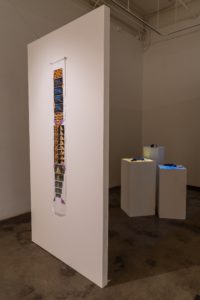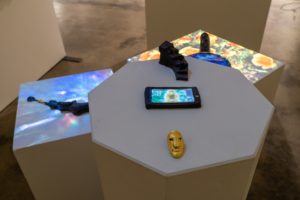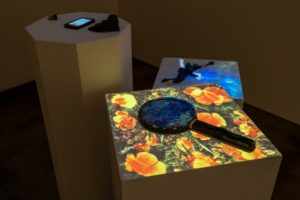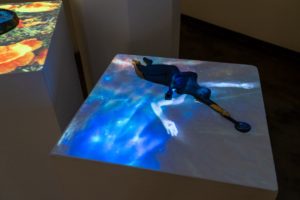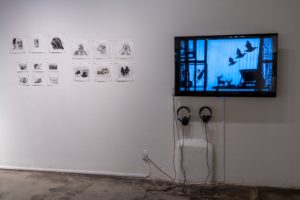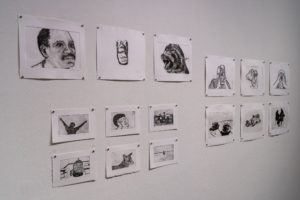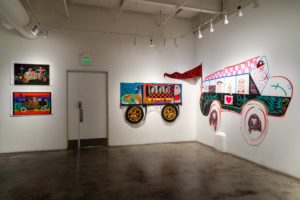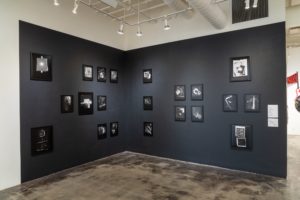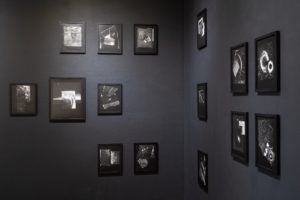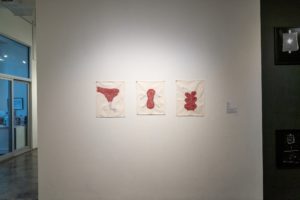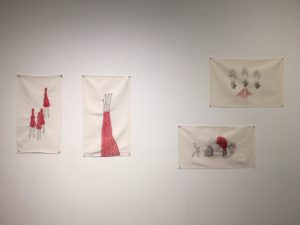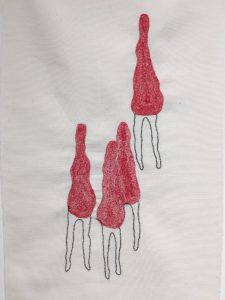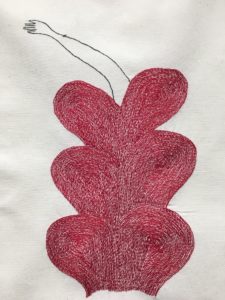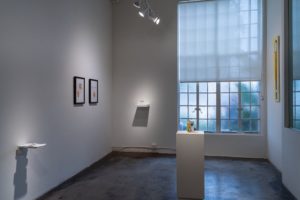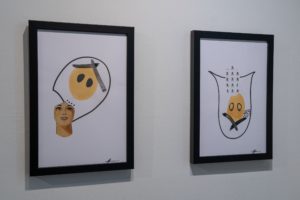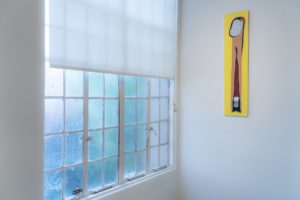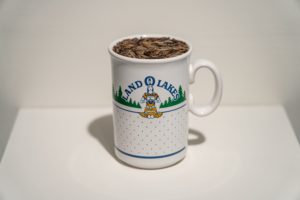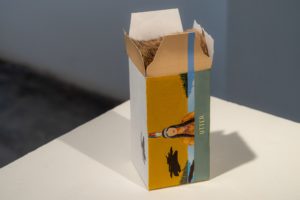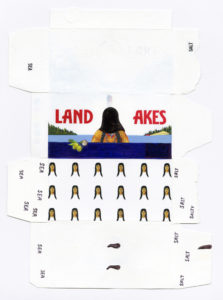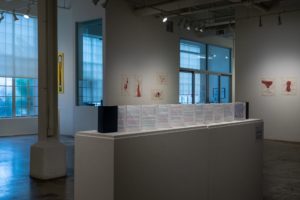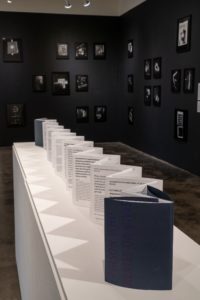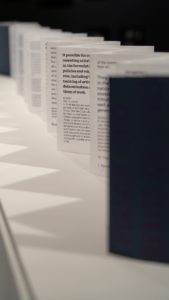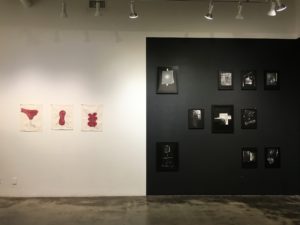Sea of Fertility – Looking At The Invisible
Kala Gallery is excited to present the exhibition Sea of Fertility – Looking At The Invisible featuring new works by 2020-2021 Kala Fellowship and Media Residency artists: Anthea Black, Tavarus Blackmon, Alexa Burell, Elnaz Javani, Natani Notah, Pegah Pasalar, Jessica Sabogal and Shanna Strauss, tamara suarez porras, Naomi van Niekerk.
Kala Fellowships and Media Residencies are awarded annually to a group of innovative artists working in printmaking, photography, painting/drawing, installation, video, sound, performance, and mixed media. This cohort of artists was selected by a Kala committee and two jurors, Media Artist alumni Veronica Graham, and Jovanna Venegas, Assistant Curator of Contemporary Art SFMOMA.
The title of the exhibition is inspired by the name of the lunar sea – Mare Fecunditatis. Our imagination allows us to see the sea on the moon – unknown and invisible to our eyes. Similar to this, the artists in the exhibition explore the invisible or unnoticed but very important elements in our lives. They work hard to make this invisible visible through research, creative production and extra care and love to communities they serve.
Through this work across diverse media, viewers can experience and reimagine hidden elements in everyday life including intimate relationship to the cosmos, power struggles with systemic racism, pipelines between school and prison, unnoticed women’s labor and artists’ roles in society, colonization of indigenous land, and the invisible restrictions on human, especially on female, BIPOC and queer bodies.
We are called to pay attention to see these important issues. Once we see these connections we cannot look away. These artists and the work they created while in residence at Kala work together to help us see the human condition with a critical lens while expanding our imagination to come up with alternatives and creative solutions.
Anthea Black is a Canadian artist, writer, and art-publisher based in Oakland and Toronto. Her practice addresses feminist and queer history, collaboration, archives, and labour through printmaking, artist publishing, and textiles. During her residency at Kala, Anthea focused on researching the “UNESCO Recommendation on the Status of the Artist” and developing works that address themes of artist’s labour, the shifting value of cultural work in relationship to the state, nationhood, and global citizenship. For the exhibition she presents research documents and a letterpress reprint of the original 1980 UNESCO text to activate and re-envision this document. The “Status of the Artist” suggests actions for nations to improve the material conditions of artists’ lives. And yet, she sees one of the most important roles for artists is to critique and challenge state power. As a part of the work, Anthea will host in-person and online discussion, annotation, and reading sessions. As a non-citizen and “non-resident alien” living in the US, her project expands notions of artistic citizenship and the role of contemporary print practices locally and globally.
Tavarus Blackmon is an interdisciplinary artist based n in Sacramento. He earned his MFA as a Provost Fellow at the University of California Davis. For this exhibition Tavarus creates an immersive installation Class Trip in the gallery. Class Trip is composed of theatrical-style painting, mixed media and photo-based works which represent abstract ideas about community, law and the difficulties inherent within the urban dialectic. The installation is based around the emergency vehicle: the police cruiser, the ambulance; and public service vehicles: the school bus and the hearse. These vehicles are blended into one form. Tavarus’ work explores systemic racism such as the school to prison pipeline, a vicious cycle of trauma for generations of Black and Brown students. Class Trip invites viewers to see the unfair conditions falling on certain communities and reflect on our responsibilities and roles in these social systems.
Alexa Burell creates collages composed of narrative film, animation and soundscapes that center the Black femme experience. As a trained musician, her visual work is informed by the logic of melody and rhythm to produce hypnotic afro-surrealist psycho-somatic experiences. She often compares the micro and macro, the scientific and spiritual, and the historical and mythical, to evoke the complexities of colonization, gender, time travel and black feminist thought. Her work in the exhibition How Calafia Got Her Gold Back: The Rewilding explores the connections between colonial Spanish fiction Las Sergas de Esplandián by Garci Rodriguez de Montalvo, the extraction of California’s natural resources and the limitless creativity and power of Black women in America blurring the boundaries between technology and the natural world.
Elnaz Javani’s practice links and juxtaposes her experiences with fictional narratives in the intersections of identity, gender, labor and power relations. Through material manipulations, she creates objects and surfaces that constitute the purview of the corporeal and psychological stratum of the human body. She investigates the material and the possibilities of hand-processes such as stitching, embroidery, dye and fiber with daily materials. Through these repetitive and labor-intensive practices, she examines the way that attention and power can be redirected and reconstituted as a form of body and devotion.
Natani Notah is an interdisciplinary artist and educator. She is an enrolled member of the Navajo Nation (Diné) on her father’s side and part Lakota and Cherokee on her mother’s. Inspired by acts of decolonization, environmental justice, Indigenous feminism, and futurism, her work dares to imagine a world where Native sensibilities are magnified. Her work in the exhibition The Emancipation of Mia is a digital reimagining of Mia the Indian Butter Maiden who was on the logo of Land O’Lakes butter for nearly 100 years. This project is a new series of intimate works on paper and sculptural assemblages that respond to the disappearance of Mia from consumer goods back in 2020. Natani is particularly interested in exploring Mia’s removal through the deconstruction and abstraction of promotional packaging and merchandise. With this work Natani invests in imagining what Mia will do in her post-retirement. Her work provokes conversations about what it means to visualize and resist colonization in the present-day United States of America.
Pegah Pasalar is an Iranian interdisciplinary artist and filmmaker currently based in Chicago. Pegah’s auto-ethnographic practice explores motifs such as identity convulsion, cultural memory, fragmentation, and displacement. For Sea of Fertility, Pegah presents Inflatable bodies, a two-channel video installation exploring the secluded worlds belonging to women, their sense of identity and perspective, with all the displacement, fragmentation, and constant transformation that prevails in their experience and psyche. Inflatable bodies questions the invisible tensions and restrictions, and unnoticed violence surrounding women’s bodies and their environments.
tamara suarez porras is an artist, writer, and educator from south Brooklyn, NY and currently based in the San Francisco Bay Area. tamara explores the fluid relationships of time, memory, and history through a photo-conceptual, research-centric practice. Her work in the exhibition that which we cannot ever expect to see is a series of poetic assemblages that consider photography’s relationship to the universe. It questions “What does it mean to remember, to know something we have seen yet never encountered with our bodies? How might we get closer to knowing the unknowable?” Each print in the series begins with the arrangement of vernacular images of photographic processes and the cosmos collected from magazines, books, and scientific texts, then printed in the darkroom with digital negatives. These images meditate on the impossible physical relationship to galactic bodies of unfathomable scale and at impossible distances, yet able to be held by the hand through the photographic object.
Jessica Sabogal and Shanna Strauss works as a collaborative team. Jessica Sabogal is a Colombian-American muralistx from San Francisco whose large-scale artworks attempt to document and disrupt. Shanna Strauss is a Tanzanian-American mixed media artists whose work centers on honoring and celebrating the stories and experiences of women of color. In their newest body of work, This Woman’s Work, Jessica and Shanna together explore the female and non-binary body, making these subjects and their too often unnoticed and unseen labor visual and visible. These collaborative works made over the last year depict women of color – their voices, tenderness, and care-taking, their spaces, their existence – not as subjects, but as centers. In addition, Sabogal and Strauss have created pieces in response to the COVID-19 pandemic, laying bare their intimate and courageous vision of healing and community.
Naomi van Niekerk is a hybrid-media artist based in South Africa and works in film, theatre, installation and printmaking. Her training and work in puppetry inspires her to breathe life into inanimate materials albeit objects or liquid powder that is animated frame by frame using a camera. As a stop-motion animator, she creates short films of haunting poignancy and power based on sensitive interpretations of stark, South African narrative poems that speak to her. For the exhibition she presents multiple samples of her printmaking works on paper and excerpts of stop-motion animations.

